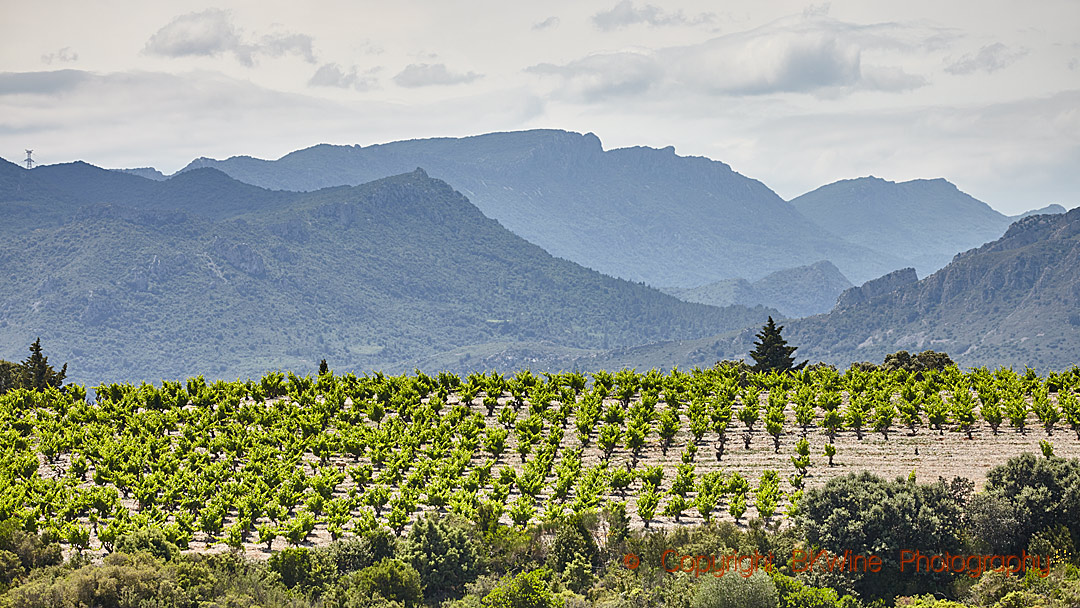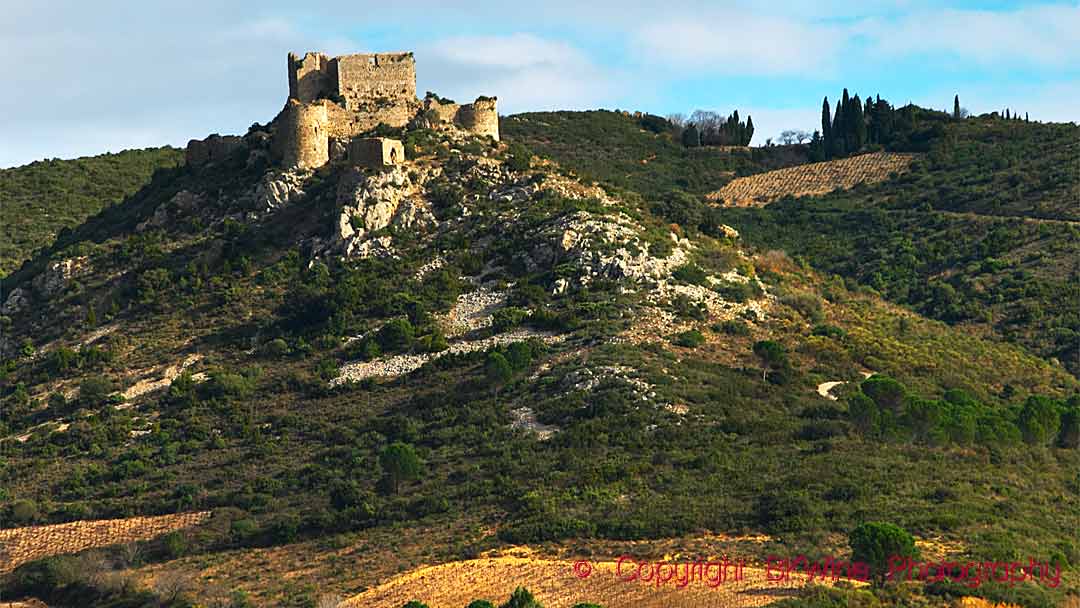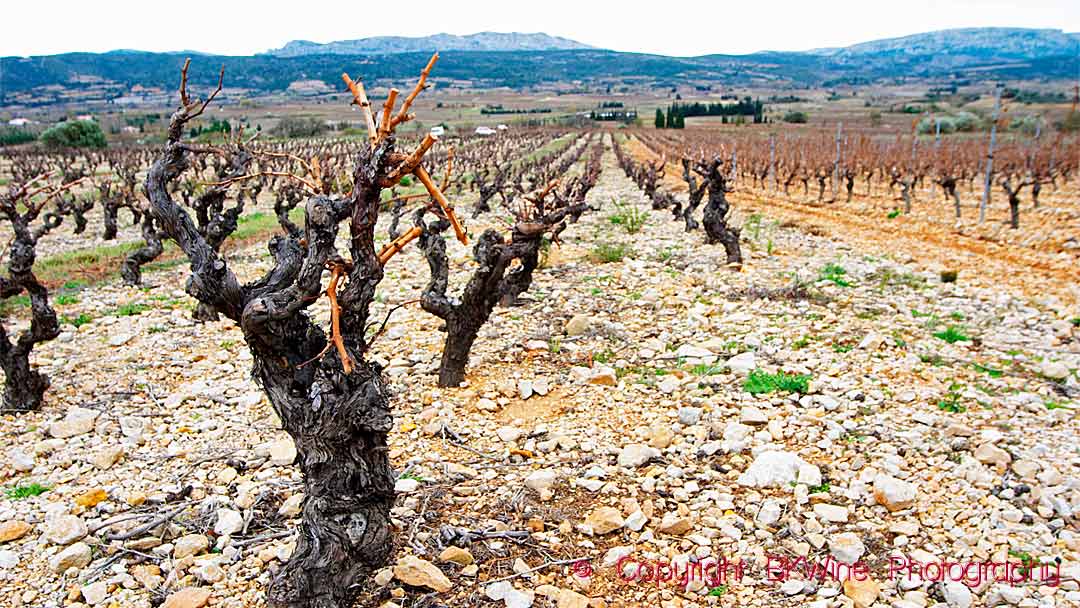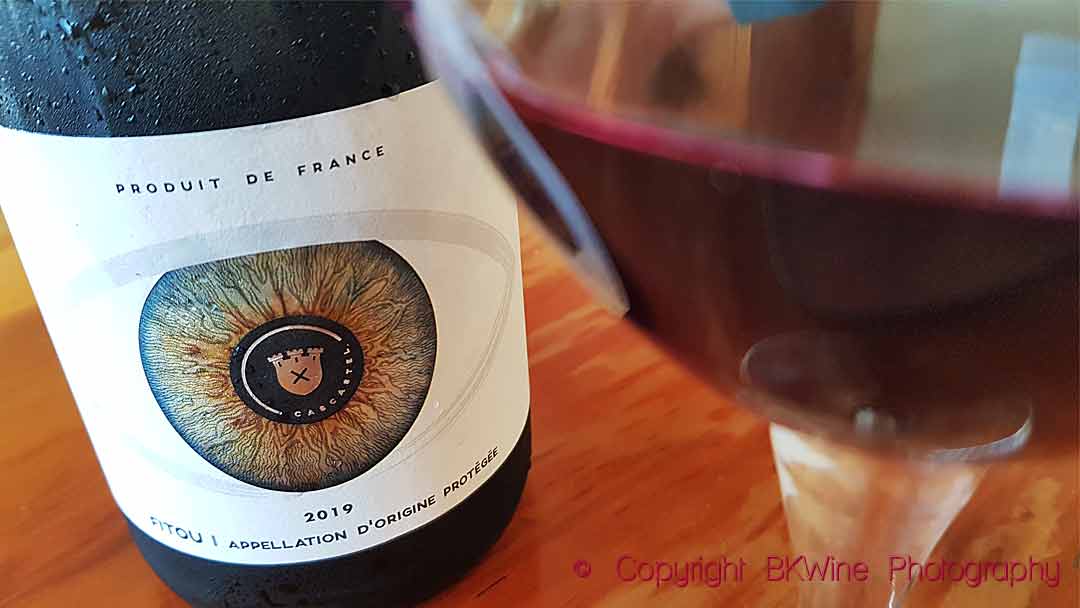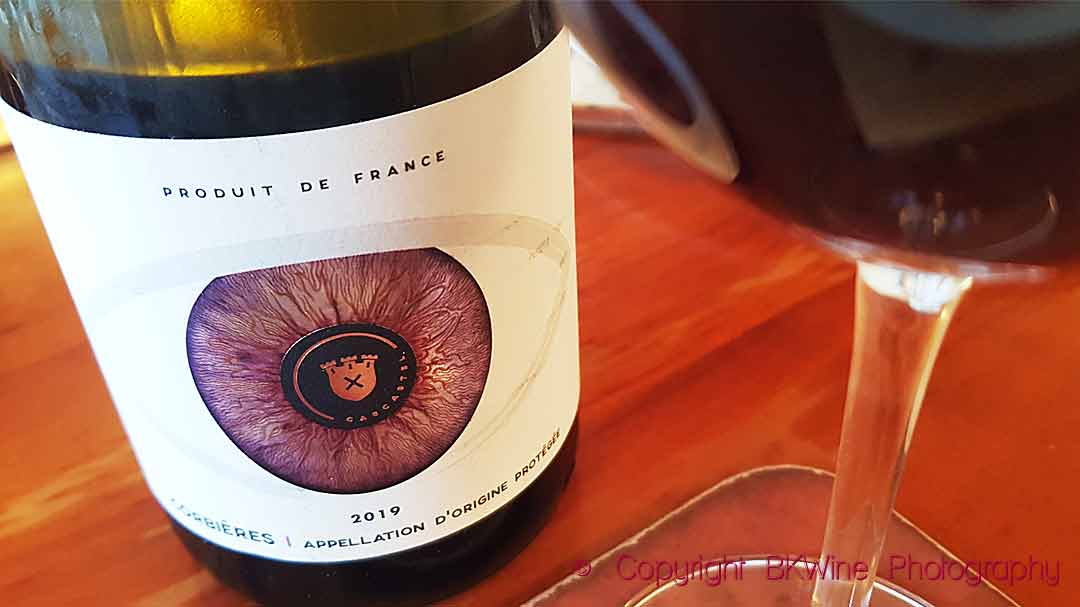If you go to Fitou and the southern part of Corbières in the French Languedoc, you will be greeted by a wild, barren and beautiful landscape. Here, the vines coexist with the local shrub vegetation called la garrigue and which consists of juniper bushes, small oaks and wild herbs. It is dry and windy. Local grape varieties, such as carignan and grenache, have learned to thrive. And here, in the borderland between Corbières and Fitou, we find the small cooperative Les Maitres Vignerons de Cascastel.
Cooperatives are important in France’s wine industry. Almost 50% of all wine made in the country comes from cooperatives. They exist in all possible sizes. Ambition and goals vary. Some mainly supply grapes or wines to négociant; others have their own brands. And some rise well above the pack with ambitious wines.
This is a longer version of an article published on Forbes.com.
In the tiny village of Cascastel in southern Corbières, we find a small cooperative with plenty of ambition. It’s called Les Maitres Vignerons de Cascastel. They have recently adopted a complementary slogan, “Vignerons Artisans”. With that name, they want to emphasize both that they are a small cooperative and that they care about quality. Artisan in French means craftsman. Today, the group consists of around 60 grape growers who grow vines on a total of around 800 hectares. They produce 2.5 million bottles and 100,000 bag-in-boxes.
Les Maitres Vignerons de Cascastel was founded in 1921, at the time when many cooperatives were established in France. The south was also a pioneering region for it. During the period between the world wars, the number of cooperatives rose from 82 to 827. In recent years there has been some consolidation so today there are around 650 wine co-operatives.
Before 1921, the growers around Cascastel were independent, and each made their own wine. But the idea was that together they would be stronger and able to develop and improve the business and be able to afford the latest technology. They have succeeded well. Their reputation today is the best.
Of the total production of Les Vignerons Artisans, 80% of the wines are AOP (appellation d’origine protégée), mainly from Corbières and Fitou. The cooperative also makes a small amount of Muscat de Rivesaltes and Rivesaltes, both vin doux naturel (VDN), the French version of fortified wine. It is a tradition here in the area, which is right on the border with Roussillon, to make some VDN. Demand for these sweet wines has decreased in recent years, however, so in terms of volume, they account for a tiny part of Cascastel’s production. But there are some top-quality VDN wines that can be amazing value for money and that compares favourably with many a port wine.
To take advantage of the old vineyards with, for instance, grenache gris, which was previously used for VDN Rivesaltes, the cooperative now makes a small production of wines under the charming designation IGP Vallée du Paradis. In this category, they make a very original rosé wine, a gris de gris, called L’Ange Gris, from their old grenache gris planted between 1905 and 1965.
The total production of the Cascastel cooperative produce is bottled (or “boxed”) on-site, which is also an indication of their quest for quality. They want to control the entire process.
We tasted two wines from Les Vignerons Artisans de Cascastel, a Fitou and a Corbières.
Corbières is the largest appellation in the Languedoc. The mountainous landscape is magnificent, especially in the southern part, on the border with Fitou, where Les Vignerons Artisans has its vineyards. The soil is varied. Parts of the terroir are marl rich in quartz, and parts are very rocky and poor limestone soil.
Fitou was the first red wine in the Languedoc region to obtain its AOC status (now AOP) in 1948. The cooperative’s vineyards are located in the mountainous interior of Fitou, where a rocky, slate-rich soil dominates. Limestone is also present in some places, mixed with the slate. Here, the growers’ have their 100-year-old vines.
Fitou 2019, Maîtres Vignerons de Cascastel
A well-balanced wine with hints of fresh herbs, black pepper and ripe, blackberries. Smooth finish but with fresh acidity. The grapes are one third each of carignan, grenache and syrah. The grapes ripen nicely in the poor schist soil, but the yield is always low, around 30 hectolitres per hectare.
Carignan and syrah ferment with carbonic maceration for two weeks, which gives the wine its refreshing fruit. This method is used now and then in Languedoc, especially for carignan. Grenache, on the other hand, ferments in the traditional way with destemmed grapes and 30 days of skin contact. 9.90 euros from the producer.
Corbières 2019, Maîtres Vignerons de Cascastel
An elegant wine, light in style but with generous and refreshing fruit. The acidity gives the structure, and the tannins are discreet and more in the background. With no ageing in oak, the lovely fruit can be fully enjoyed. The grapes are 40% carignan, 35% grenache and 25% syrah that grow in stony soil with clay and limestone in the neighbouring village of Durban.
Syrah ferments at a lower temperature than the others, only 22 degrees C, low for red wine. But apparently, with this method, aromas of violets and black currants appear in the wine, which is precisely what the winemaker wants. The wine ages in concrete tanks. 9.90 euros from the producer.
Both wines are good examples of the modern Languedoc style with delicate fruit and freshness but still with the local character – herbs, spices and structure – that carignan and grenache give to the wines.


